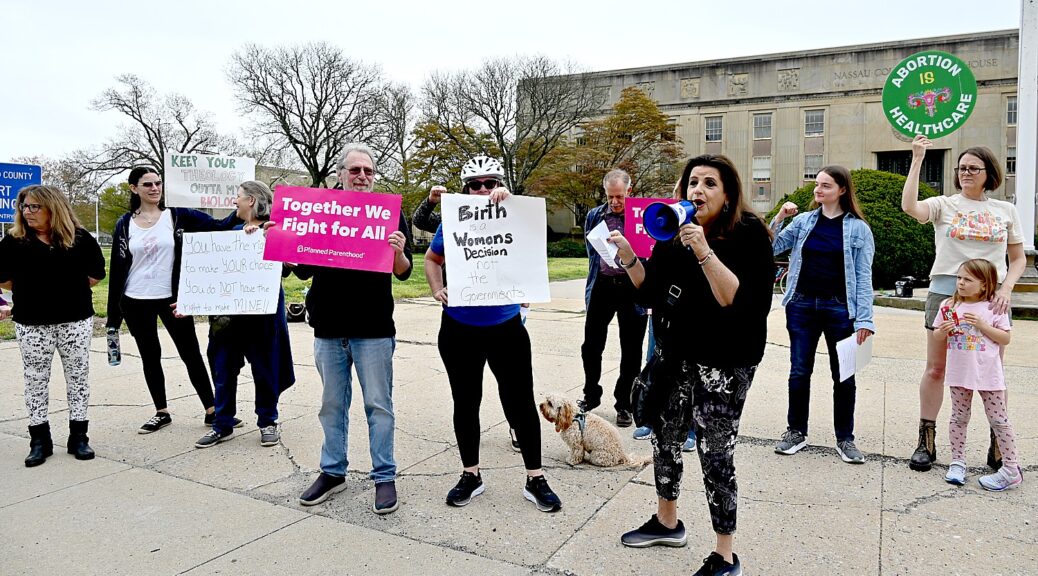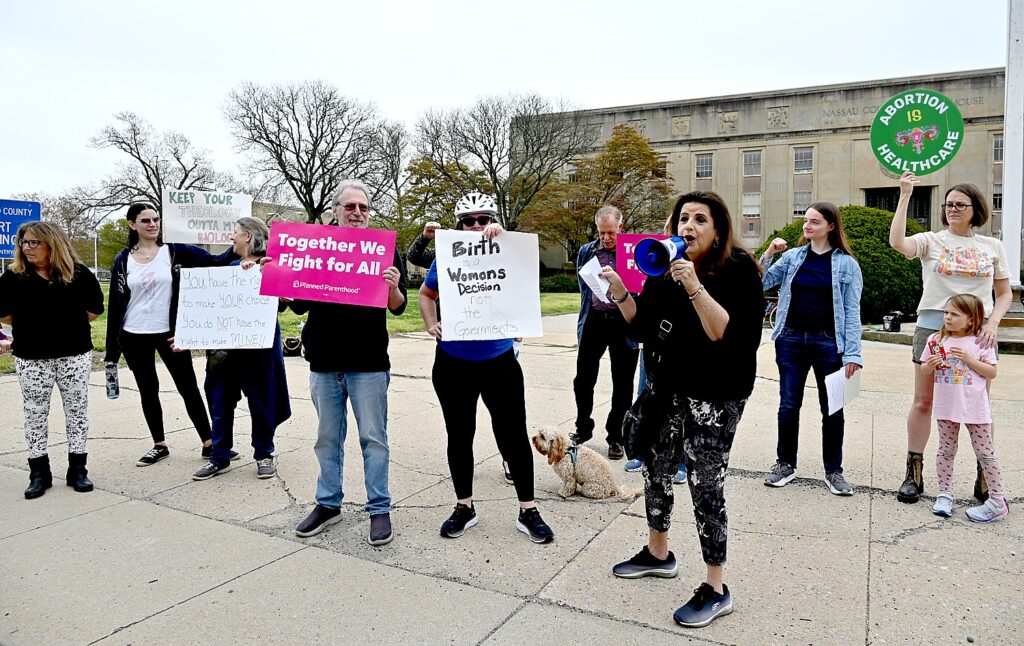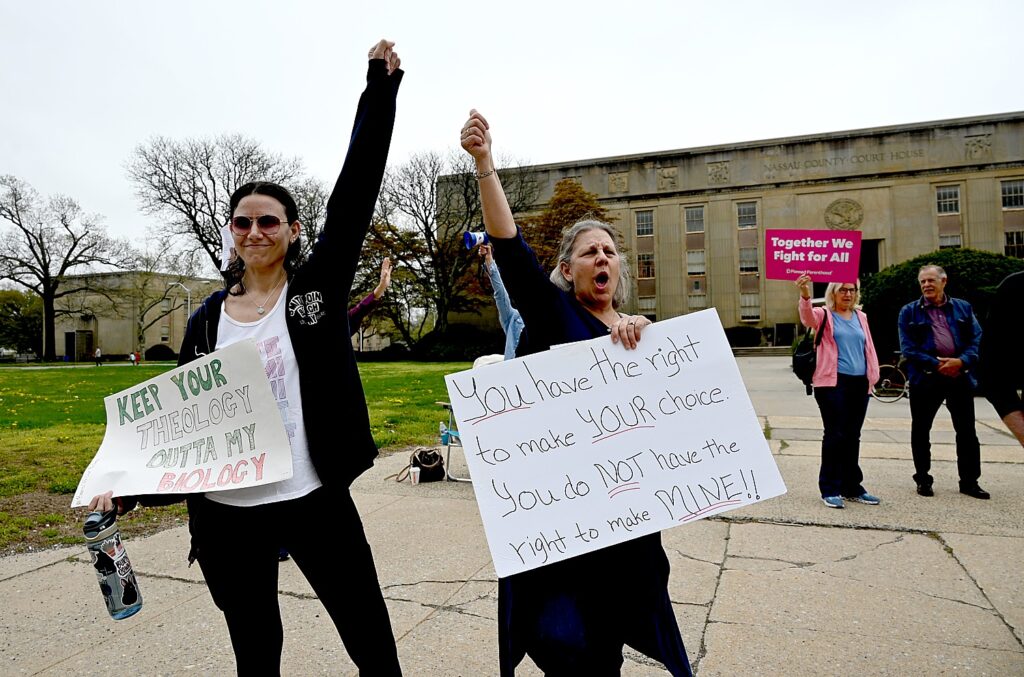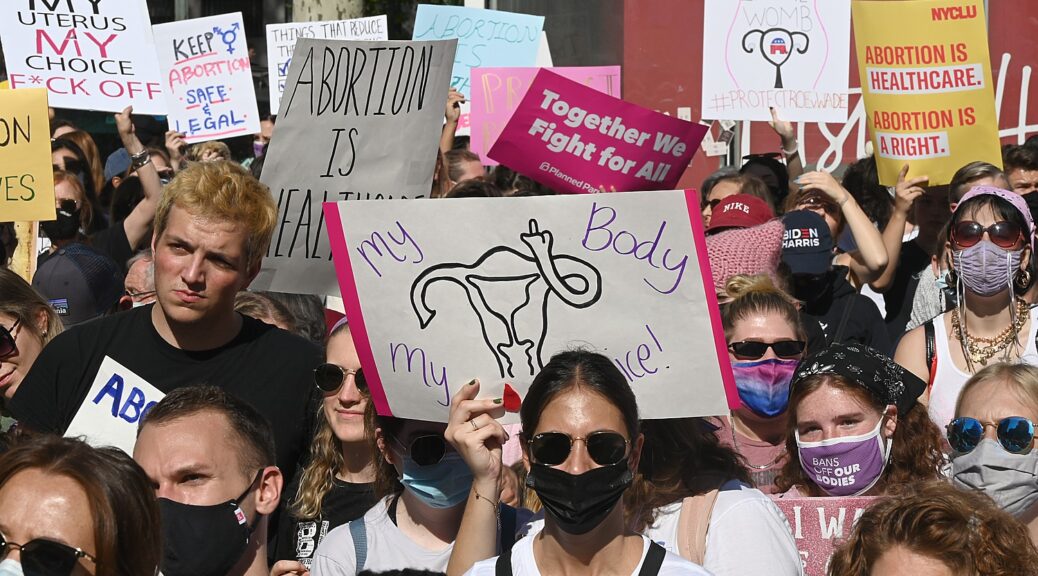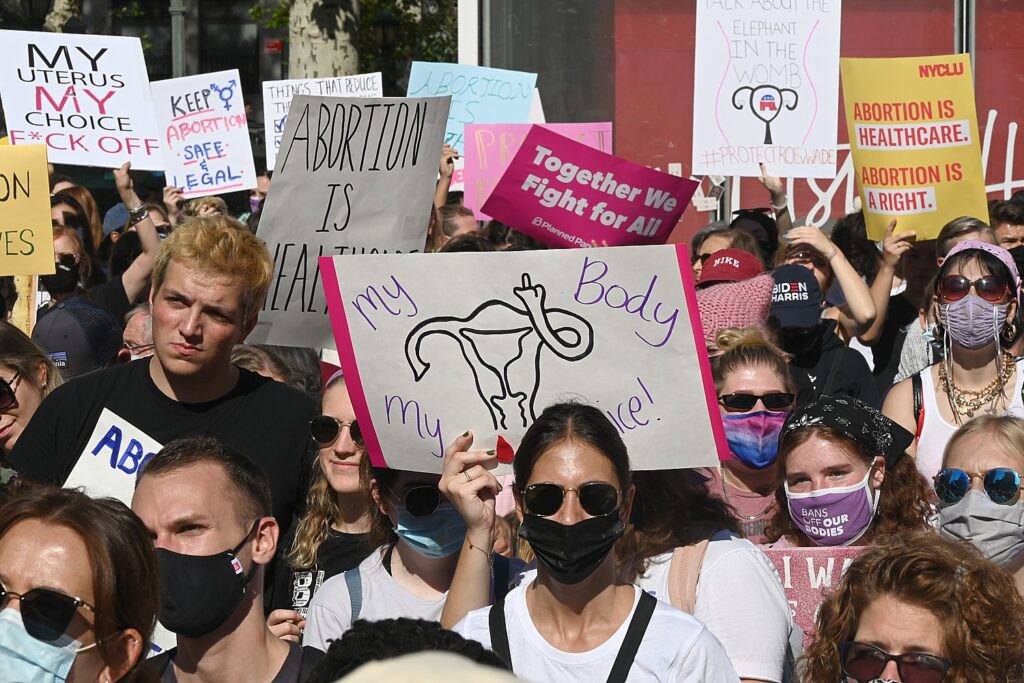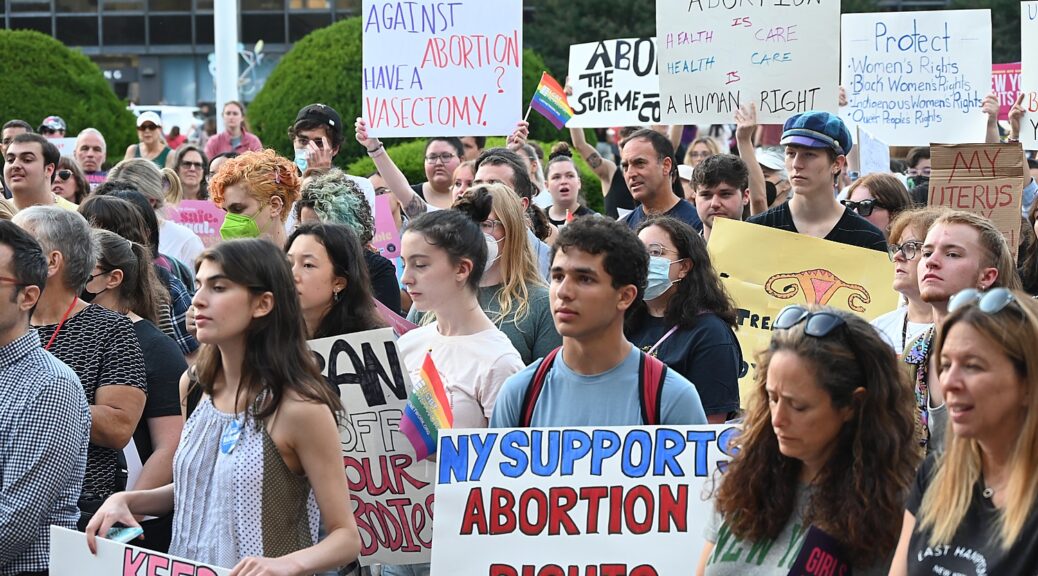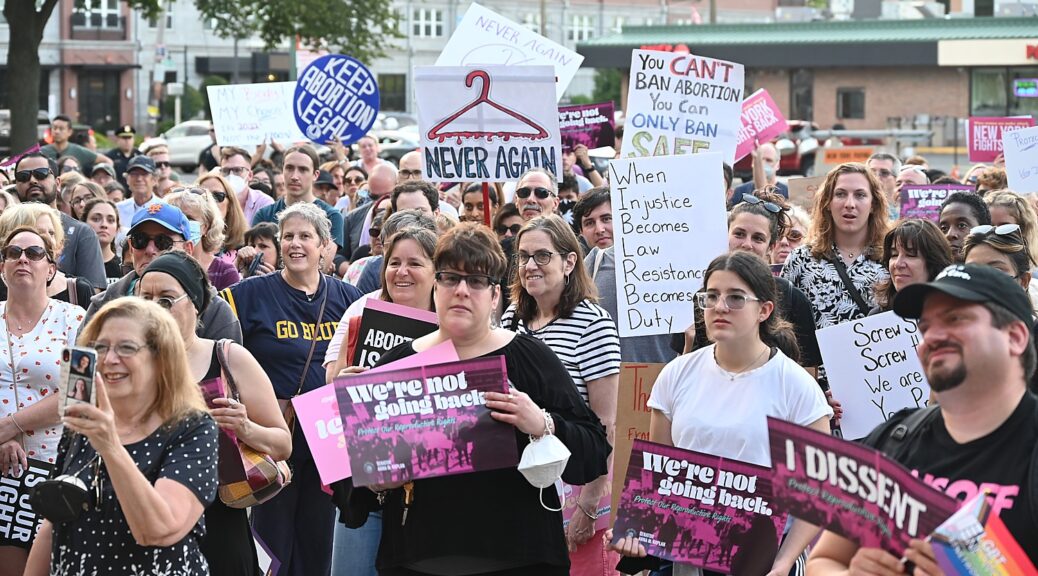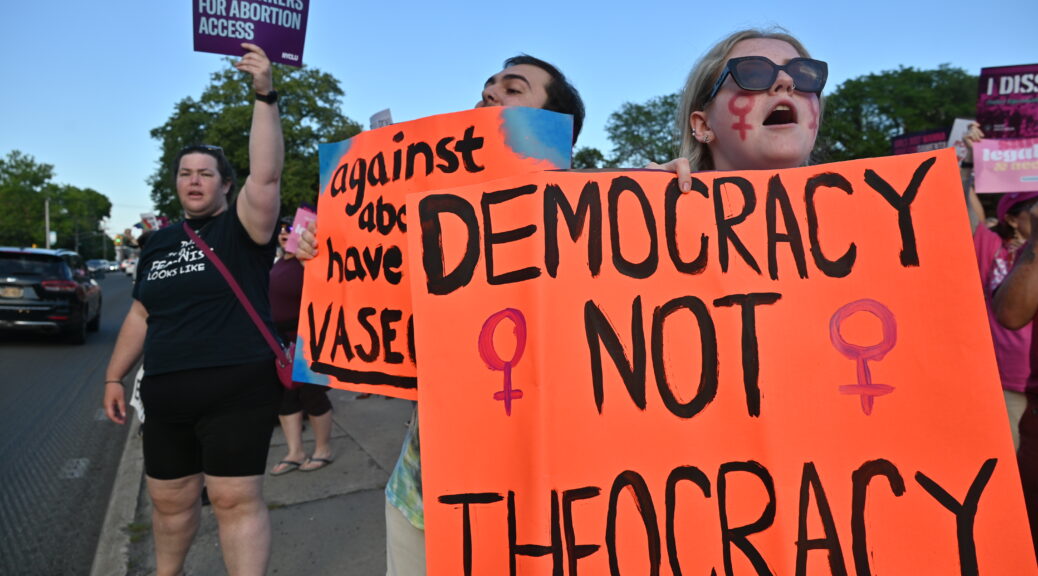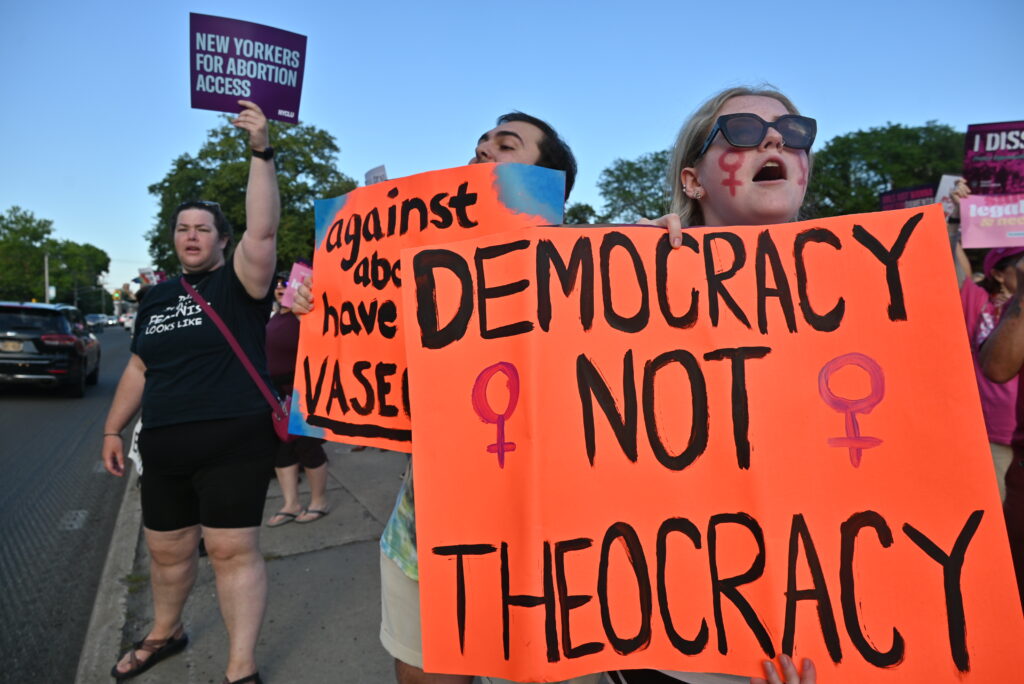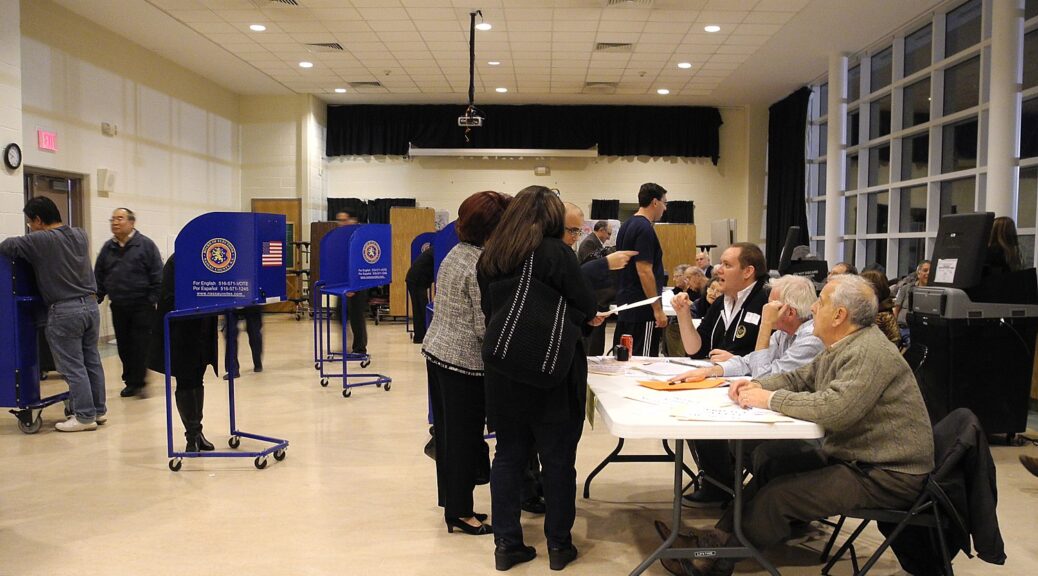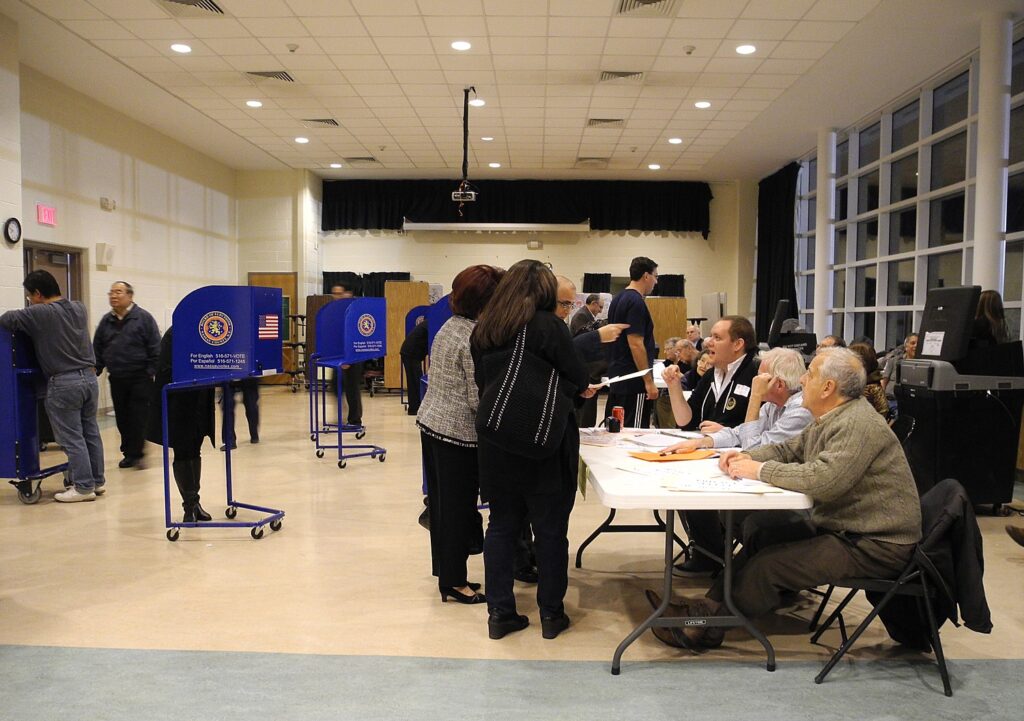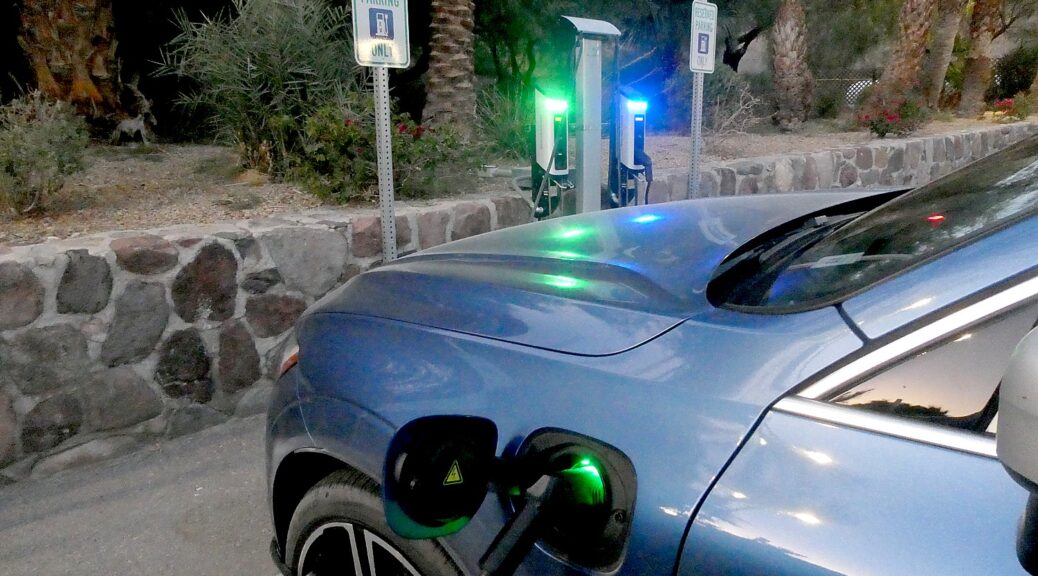
President Biden announced the most comprehensive set of executive actions any President has ever taken to improve care for hard-working families while supporting care workers and family caregivers. Joined by people with disabilities, family caregivers, long-term care workers, early educators, veterans, and aging advocates, the President signed an Executive Order that includes more than 50 directives to nearly every cabinet-level agency to expand access to affordable, high-quality care, and provide support for care workers and family caregivers. This fact sheet is provided by the White House:
Too many families and individuals struggle to access the affordable, high-quality care they need. The cost of child care is up 26% in the last decade and more than 200 percent over the past 30 years. For the elderly or people with disabilities long-term care costs are up 40% in the past decade. The result is many Americans – particularly women – stay out of the workforce to care for their families, making it hard for businesses to attract and retain a skilled workforce and for the economy to grow. A BCG brief forecasts losses of $290 billion each year in gross domestic product in 2030 and beyond if the U.S. fails to address the lack of affordable child care.
At the same time, many workers providing this critical care find themselves in low-paying jobs with few benefits. Care workers, who are disproportionately women of color, struggle to make ends meet, and turnover rates are high. In addition, at least 53 million Americans serve as family caregivers—including over 5 million caring for service members or veterans—and many face challenges due to lack of support, training, and opportunities for rest.
President Biden believes that we must secure significant new federal investments to transform care in this country. That’s why he and Vice President Harris called for investments to support high-quality, affordable child care, preschool, and long-term care in their fiscal year 2024 budget. While Congress considers those proposals, the President is taking immediate action to make care more affordable for American families, support family caregivers, boost compensation and improve job quality for care workers, and expand care options. Specifically, his Executive Order will:
- Make child care and long-term care more accessible and affordable for families, including military families. The acute challenges families face in accessing affordable, high-quality care are well documented. In 2019, 76% of families with young children who searched for care reported difficulty finding adequate child care, and military families consistently cite access to high-quality child care as an impediment to military spouse employment and family economic security. More than three-quarters of home and community-based care service providers are not accepting new clients, leaving hundreds of thousands of older Americans and Americans with disabilities on waiting lists for home and community-based services or struggling to afford the care they need. The President is taking action to make child care and long-term care more affordable by directing federal agencies to:
- Identify which of their grant programs can support child care and long-term care for individuals working on federal projects, and consider requiring applicants seeking federal job-creating funds to expand access to care for their workers. This builds off of the historic child care requirement for semiconductor employers seeking significant federal funding under the CHIPS and Science Act of 2022 to submit a plan for how they will help employees access affordable child care. These actions help employers delivering major federal projects recruit and retain a robust, skilled, and diverse workforce.
- Lower costs for families benefitting from the Child Care & Development Block Grant (CCDBG) program, including by directing the Department of Health and Human Services (HHS) to consider actions to reduce or eliminate families’ co-payments for child care.
- Ensure the federal government is a model employer by supporting its own workforce. The Executive Order directs the Office of Personnel Management to conduct a review of child care subsidy policy and consider setting standards for when and how federal agencies should provide child care subsidies to federal employees. Additionally, all federal agencies will review opportunities to expand employee access to child care services through federal child care centers, child care subsidies, or contracted care for providers.
- Provide support for our service members and their families by directing the Department of Defense to take steps to improve the affordability of child care on military installations.
- Identify which of their grant programs can support child care and long-term care for individuals working on federal projects, and consider requiring applicants seeking federal job-creating funds to expand access to care for their workers. This builds off of the historic child care requirement for semiconductor employers seeking significant federal funding under the CHIPS and Science Act of 2022 to submit a plan for how they will help employees access affordable child care. These actions help employers delivering major federal projects recruit and retain a robust, skilled, and diverse workforce.
- Improve access to home-based care for veterans. To meet our sacred obligation to our veterans and their families, the Executive Order directs the Department of Veterans Affairs (VA) to improve access to home-based care for veterans who require support with activities of daily living, like bathing and getting dressed, by giving them more decision-making power over who delivers that care and when. VA is directed to consider expanding its Veteran Directed Care program to all 172 VA Medical Centers by the end of Fiscal Year 2024. This program provides veterans with a budget to hire personal care assistance including from family members. VA will also consider piloting a new self-directed care program in no fewer than 5 new sites that provides veterans with a budget for personal care assistance while reducing administration burdens related to managing care. Further, VA will consider adding 75 new interdisciplinary teams to its Home-Based Primary Care program to serve an additional 5,600 veterans in their homes.
- Boost job quality for early educators. Early care and education professionals are among the lowest-paid workers in the country. Child care workers earn a median wage of less than $18 an hour, while the typical nonsupervisory worker in the U.S. earns over $28 an hour. While the average salary of a public preschool teacher and kindergarten teacher is about $49,000 and $60,000, respectively, the average annual salary for Head Start and preschool teachers is about $35,000. To address this, HHS will take steps to increase the pay and benefits for Head Start teachers and staff. HHS will implement policies so that more child care providers benefiting from CCDBG receive higher reimbursements for the children they serve. Additionally, the Department of Education (ED) will encourage grantees of the Child Care Access Means Parents in School (CCAMPIS) program—which supports thousands of student-parents across the country pay for care while going to school—to improve the quality of the services they provide, including higher wages for child care workers.
- Enhance job quality for long-term care workers. The President is committed to improving the quality of long-term care jobs in this country so that Americans can get the reliable, high-quality care they deserve—whether it is in their homes and communities or in nursing homes. To advance the President’s long-term care priorities, the Executive Order directs HHS to consider issuing several regulations and guidance documents to improve the quality of home care jobs, including by leveraging Medicaid funding to ensure there are enough home care workers to provide care to seniors and people with disabilities enrolled in Medicaid, as well as build on the minimum staffing standards for nursing homes and condition a portion of Medicare payments on how well a nursing home retains workers.
- Support family caregivers. Without adequate resources, family caregiving can affect caregivers’ physical and emotional health and well-being and contribute to financial strain. These negative consequences are felt most acutely by women, who make up nearly two-thirds of family caregivers and who drop out of the workforce at higher rates than men. To provide greater support to family caregivers, the Executive Order directs HHS to consider testing a new dementia care model that will include support for respite care (short-term help to give a primary family caregiver a break) and make it easier for family caregivers to access Medicare beneficiary information and provide more support to family caregivers during the hospital discharge planning process. Additionally, VA will consider expanding access to the Program of Comprehensive Assistance for Family Caregivers and provide more mental health support for caregivers enrolled in that program. These actions build on the 2022 National Strategy to Support Caregivers.
- Advance domestic workers’ rights. Care workers should be supported, valued, and fairly compensated, and care workers should have the free and fair choice to join a union. In particular, domestic workers providing care for our loved ones are often underpaid and subject to discrimination and abuse. To provide greater protection for these workers, the Department of Labor will publish a sample employment agreement so domestic child care and long-term care workers and their employers can ensure both parties better understand their rights and responsibilities.
- Ease construction of early childhood facilities for Tribes. There are approximately half a million American Indian and Alaska Native children under the age of 13 who potentially need child care so their parents can work. Nearly half are below the age of five. To help the families of these children access high-quality child care, HHS will streamline the process for tribal grantees of federal child care assistance and Head Start to apply for and construct or improve early childhood facilities.
- Engage affected communities. To make the delivery and design of federal care assistance and programs work better for families, the care workforce, and people seeking care, the Treasury and the Departments of Defense, Agriculture, Labor, Health and Human Services, Education, and Veterans Affairs, will engage with parents, guardians, and other relatives with care responsibilities; individuals receiving long-term care; State and local care experts; care providers and workers; employers; and labor unions. The Executive Order also encourages the Administrator of the Small Business Administration to consider conducting similar engagement.
The Biden-Harris Administration’s Record on Care
The Administration invested over $60 billion from the American Rescue Plan (ARP) Act in the care economy, including $39 billion to help child care providers keep their doors open and to provide child care workers with higher pay, bonuses, and other benefits—reducing turnover and attracting new staff. To date, these efforts have helped 220,000 child care programs, which employ more than one million child care workers with the capacity to serve 9.6 million children. In addition, the Administration invested $25 billion in ARP funds to help states strengthen their Medicaid home care programs, including over $9 billion in spending to boost wages for home care workers as well as improve overall job quality.
The stabilization funding provided through the ARP saved child care in this country. One in three child care programs who received stabilization support report that they would have been forced to close permanently without these funds.
These grants likely have had effects beyond the child care workforce and providers as access to child care is critical for parental employment, particularly for women. The President’s Council of Economic Advisers analyzed this relationship in their most recent Economic Report of the President, and found that mothers’ employment has recovered more quickly in areas with greater child care capacity supported by ARP stabilization grants. In those areas, employment among mothers with young children outpaced that of mothers in lower ARP-supported areas throughout 2022 and rebounded to pre-pandemic levels by mid-2022.
The FY 2024 President’s Budget builds on these investments and proposes investing $600 billion over 10 years to expand access to high-quality, affordable child care and free, high-quality preschool. This funding will enable States to increase child care options for more than 16 million young children. The proposal lowers costs so that parents can afford to send their children to high-quality child care while also paying child care providers wages that reflect the value they provide families and communities.
The President’s Budget also includes $150 billion over the next decade to improve and expand Medicaid home care services—making it easier for seniors and people with disabilities to live, work, and participate in their communities. This funding would improve the quality of jobs for home care workers and support family caregivers. The Administration is also promoting the use of apprenticeship programs and partnering with employers, unions, and others to recruit, train, and keep long-term care workers on the job while also helping them advance their careers as registered and licensed nurses. Just this month, the President also signed the first-ever proclamation designating April as National Care Worker Recognition Month, to honor the efforts and sacrifices of our child care and long-term care workers.
The Administration is committed to getting caregivers the resources and respect they deserve. The National Strategy to Support Family Caregivers outlines nearly 350 actions the federal Government can take to support family caregivers’ health, well-being, and financial security. And the ARP provided $145 million to help the National Family Caregiver Support Program deliver counseling, training, and short-term relief to family and other informal care providers. The Administration has also expanded the VA Program of Comprehensive Assistance for Family Caregivers to veterans of all service eras so more veteran caregivers have the financial and mental health support they deserve. Through the First Lady’s Joining Forces initiative, the Administration has partnered with more than 50 public and private sector organizations to launch the “Hidden Helpers” Coalition to serve the 2.3 million military and veteran children in caregiving homes.


